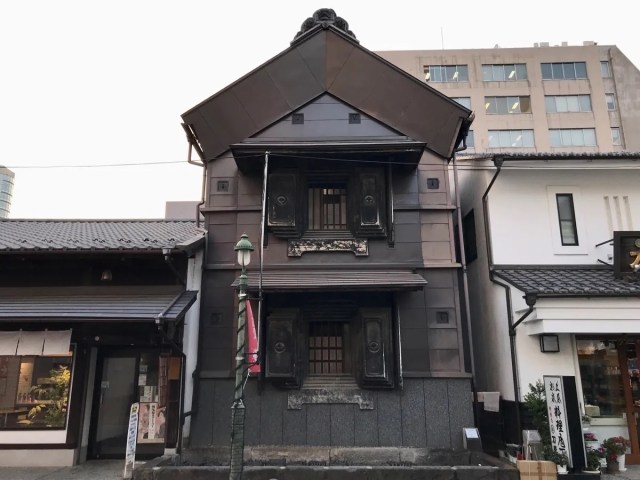
A unique setting for a unique tea ceremony.
If you’re looking to experience traditional Japan, a trip outside of big cities like Tokyo, Osaka and Kyoto can easily deliver what you’re after.
One such spot, Takasaki in Gunma Prefecture, is particularly beautiful and definitely worth a visit for its traditional architecture and atmosphere. It also happens to be home for our reporter Takamichi Furusawa, who enjoys exploring all the unique restaurants the city has to offer but even he was surprised recently when he came across a stunning old kura, a traditional Japanese storehouse, that immediately commanded attention, standing out from all the other buildings on the street.
▼ It was as if time had stopped here while the modern world was built around it.
Despite its old appearance, this building wasn’t just a relic from ages past, as it now houses a cafe that’s open to the public. Stepping inside, Takamichi was immediately whisked back to a Japan from centuries past, with stone floors and wooden details still standing from its original function as a storehouse.
It was cool inside and almost silent, as the thick walls helped to deaden any sound from outside. Along the narrow, stone-paved corridor at the entrance were pieces of vintage wooden furniture, and some wrought iron details that you wouldn’t normally find in a regular modern-day cafe.
The space had an eerie, mysterious aura to it, and as staff guided him deeper into the building, he stopped in awe at the heavy double doors, often a feature of earthen kura like this one, which are designed to keep the inside cool while safeguarding against fires.
▼ They don’t make ’em like this anymore.
Peering through the doorway revealed what looked to be a tea room. Initially, Takamichi thought they might enter through the big doors, but staff led him into the area through a separate doorway.
This allowed him to take in even more of the building’s old-timey atmosphere as they made their way down a corridor with tatami mat flooring and old wooden sliding doors with panes of glass that dated back over a century.
▼ Entering through a different set of thick double doors, Takamichi stepped into…
▼ …the tea room.
This space looked slightly more modern, with a vibe that was more like a retro kissaten coffeehouse than a traditional tea room. It was like a fusion of Japanese and Western styles that reminded him of a traditional Japanese ryokan inn.
Taking a seat, Takamichi browsed the menu, where he found there were many types of Japanese tea available, with an explanation of each included.
This was helpful for Takamichi, who isn’t all that familiar with Japanese tea, so he was able to order a nice “Gyokuro Set” for 650 yen (US$4.41), which came with a selection of sweets.
The set came on a tray that contained a number of dishes, but it was the sweet shaped like a persimmon that immediately caught Takamichi’s eye.
Taking a bite of the sweet first, as you would do during a traditional Japanese tea ceremony, Takamichi instantly tasted the high quality of the ingredients and the skill that went into making it.
Then it was time to move on to the star of the show — the gyokuro, which is a luxurious type of green teat that uses leaves that have been grown in the shade, giving the tea a more pronounced flavour.
The gyokuro had a delicious flavour with minimal bitterness and astringency, making it very easy to drink, and the elegant taste fit the traditional surroundings perfectly.
Making the experience even more special is the fact that the teas are self-service, so you can get refills using specially laid-out tea utensils on another table.
The utensils are similar to the ones you’d find at a Japanese tea ceremony, so you can try your hand at the tradition by ladling out water from the iron kettle and into the empty bowl (known as a “yuhimashi”) from your tray, mimicking the steps undertaken by a tea ceremony host.
Once piping hot water is drawn from the tea kettle, it’s transferred to the yuhimashi to cool slightly as tea tastes better when the water is slightly cooled. Takamichi followed these steps and waited a moment before bringing the yuhimashi back to his table, where he poured the water from it into his teapot.
▼ The taste of the tea remained delicious even after this second brewing.
The set includes a dish that contains miso sauce, which is designed to be eaten with a spoonful of tea leaves from the teapot. Takamichi had never eaten tea leaves like this before, but when he tried it, he was surprised to find that it tasted delicious. The softened tea leaves had a slightly chewy texture, and their freshness paired well with the sweet and salty miso sauce, displaying next to no bitterness.
After his solo tea ceremony, Takamichi felt as if he’d nourished both his stomach and his soul. It was a strangely moving experience he’ll never forget, and he highly recommends trying it if you can, perhaps after stopping this nearby restaurant, which feels like a samurai residence.
Cafe Information
Natsume / 棗
Address: Gunma-ken, Takasaki-shi. Miyamotocho 223
群馬県高崎市宮元町223
Open: 11:00 a.m.-5:00 p.m. (subject to change)
Closed: Mondays, Tuesdays, Wednesdays
Website
Related: Kurakissa Instagram account
Images © SoraNews24
● Want to hear about SoraNews24’s latest articles as soon as they’re published? Follow us on Facebook and Twitter!
[ Read in Japanese ]

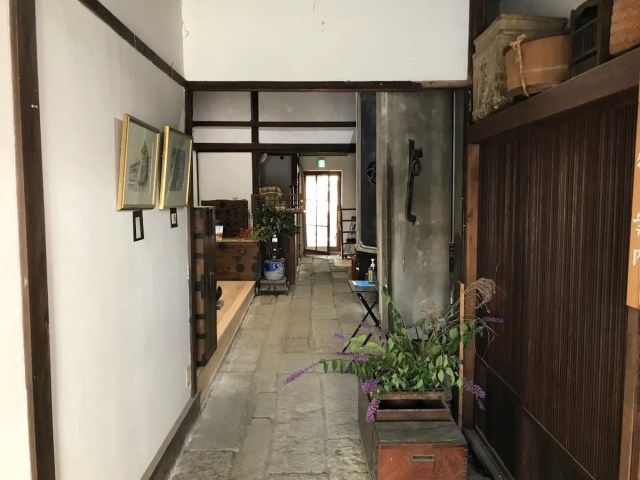
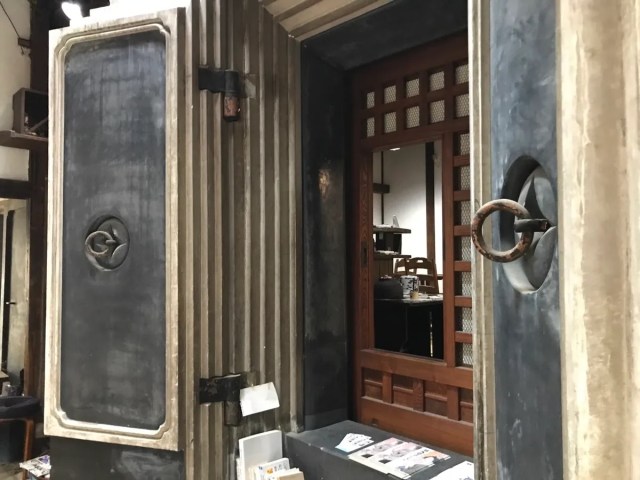
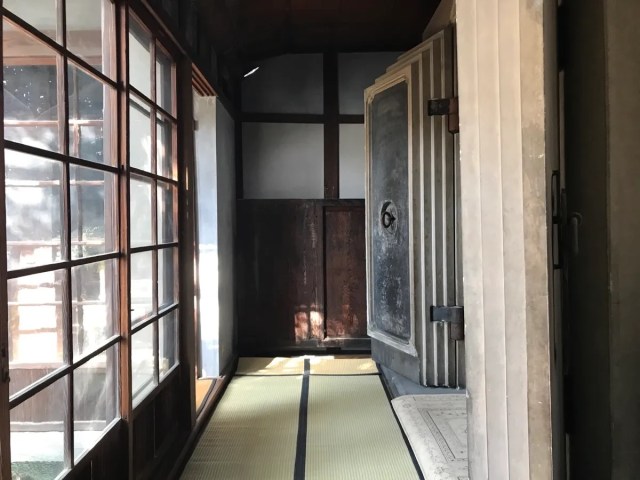
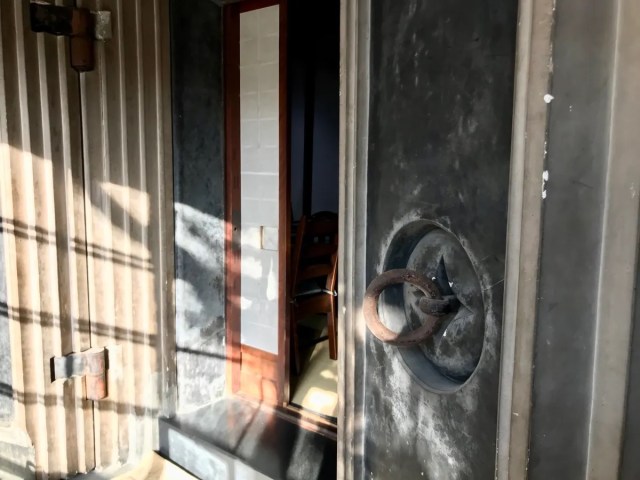
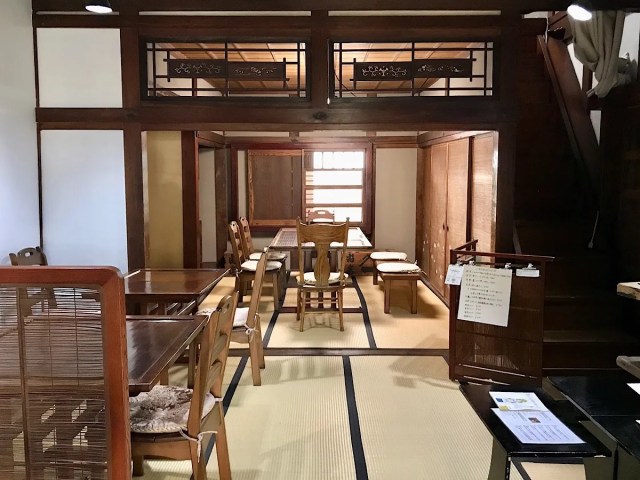
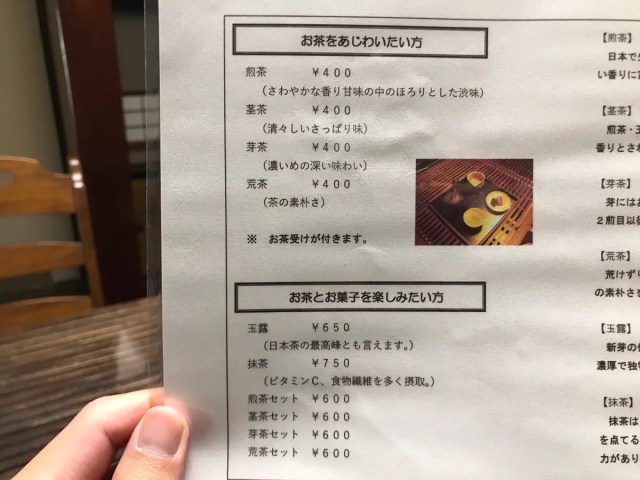
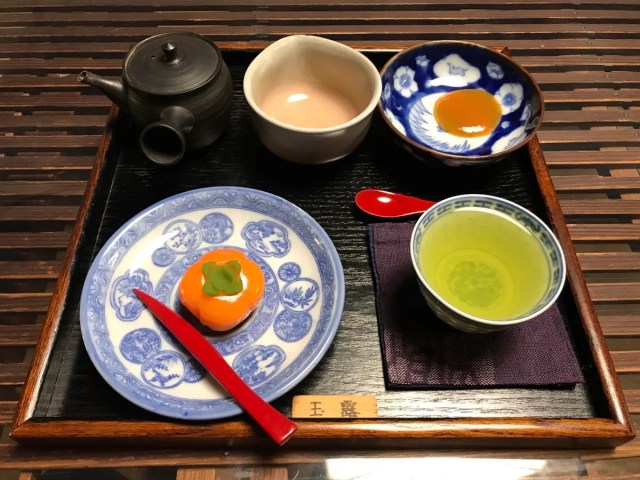
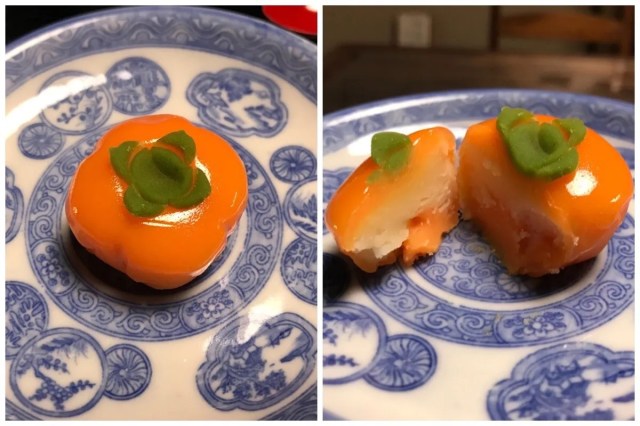
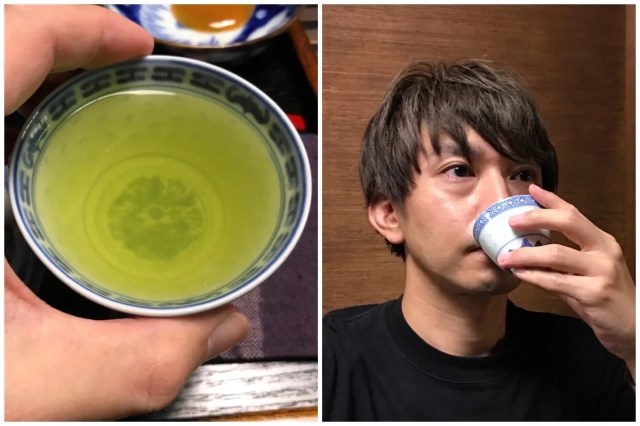
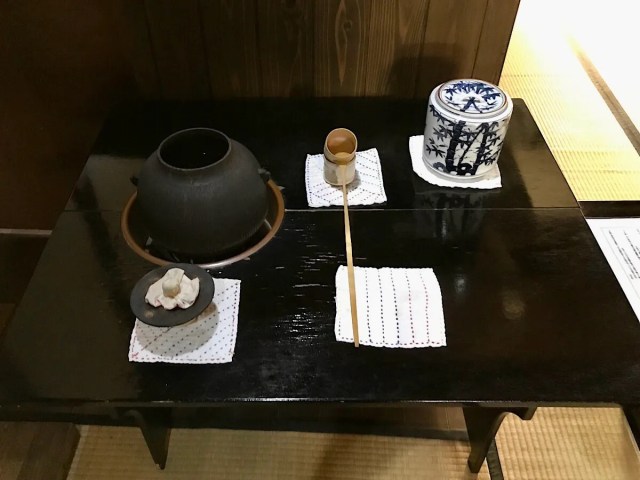
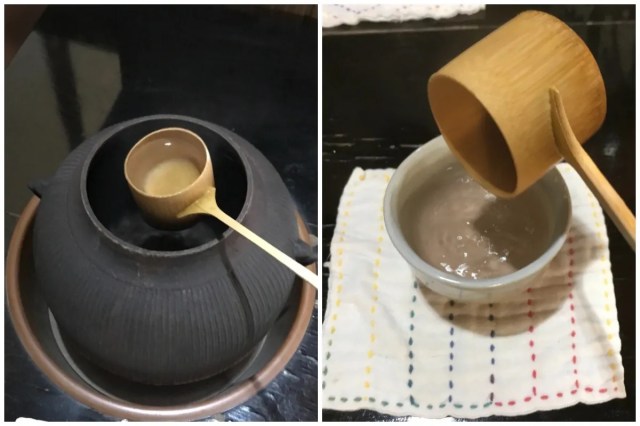
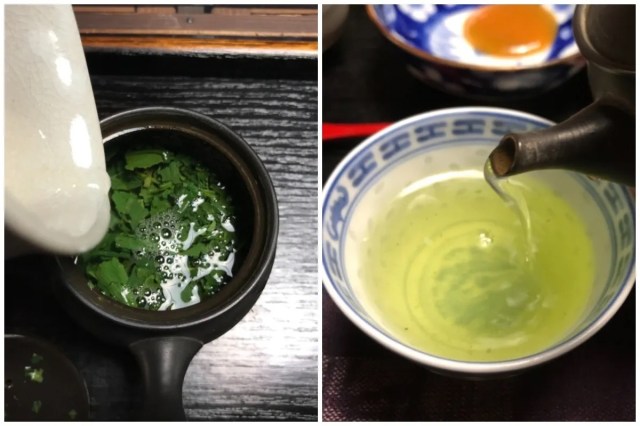
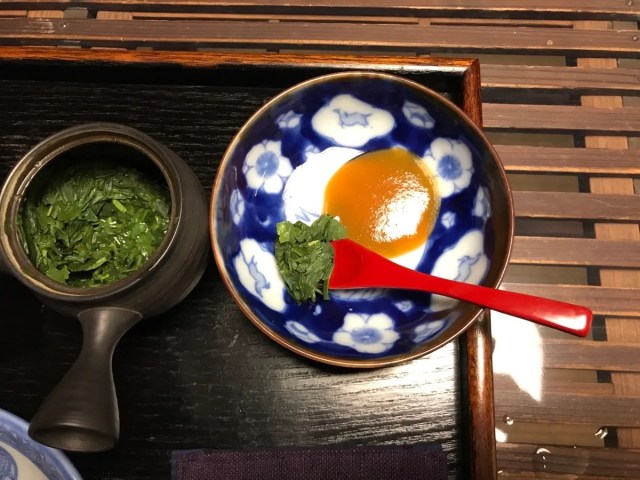
 Gunma’s yaki manju, unknown to most Japanese people, are the best manju we’ve ever had
Gunma’s yaki manju, unknown to most Japanese people, are the best manju we’ve ever had Japanese balloon jellies, or “Tengu’s Treasure”, are a very unique souvenir
Japanese balloon jellies, or “Tengu’s Treasure”, are a very unique souvenir New Japanese sweets store sells drinkable red bean paste
New Japanese sweets store sells drinkable red bean paste How to make an epic pizza at a Japanese family restaurant
How to make an epic pizza at a Japanese family restaurant We stayed at Asakusa’s super-narrow, super-cheap, and surprisingly comfortable hotel
We stayed at Asakusa’s super-narrow, super-cheap, and surprisingly comfortable hotel Hello, cosmetics! Clinique teams up with Hello Kitty this summer for first-time collaboration
Hello, cosmetics! Clinique teams up with Hello Kitty this summer for first-time collaboration How to order snacks on a Shinkansen bullet train in Japan
How to order snacks on a Shinkansen bullet train in Japan Burger King Japan suddenly adds Dr. Pepper and Dr. Pepper floats to its menu nationwide
Burger King Japan suddenly adds Dr. Pepper and Dr. Pepper floats to its menu nationwide Japan’s new difficult-to-drink-from beer glass protects your liver, but it’s a brutal experience
Japan’s new difficult-to-drink-from beer glass protects your liver, but it’s a brutal experience New samurai glasses are Japan’s latest weird must-have souvenir
New samurai glasses are Japan’s latest weird must-have souvenir Studio Ghibli releases Ponyo donburi bowl to bring anime ramen to life
Studio Ghibli releases Ponyo donburi bowl to bring anime ramen to life New Nintendo Lego kit is a beautiful piece of moving pixel art of Mario and Yoshi【Photos】
New Nintendo Lego kit is a beautiful piece of moving pixel art of Mario and Yoshi【Photos】 Nintendo history you can feel – Super NES, N64, and GameCube controllers become capsule toys
Nintendo history you can feel – Super NES, N64, and GameCube controllers become capsule toys Demon Slayer: Kimetsu no Yaiba gets new roller coaster attractions and food at Universal Studios Japan
Demon Slayer: Kimetsu no Yaiba gets new roller coaster attractions and food at Universal Studios Japan High-fashion Totoro cuddle purse is like an elegant stroll in the forest【Photos】
High-fashion Totoro cuddle purse is like an elegant stroll in the forest【Photos】 “The most Delicious Cup Noodle in history” – Japan’s French Cup Noodle wins our heart【Taste test】
“The most Delicious Cup Noodle in history” – Japan’s French Cup Noodle wins our heart【Taste test】 Starbucks releases a cute Frappuccino and Unicorn Cake…but not in Japan
Starbucks releases a cute Frappuccino and Unicorn Cake…but not in Japan Kyoto Tower mascot termination reveals dark side behind cute Japanese characters
Kyoto Tower mascot termination reveals dark side behind cute Japanese characters McDonald’s Japan’s Soft Twist Tower: A phantom ice cream only sold at select branches
McDonald’s Japan’s Soft Twist Tower: A phantom ice cream only sold at select branches Yabai Ramen: What makes this Japanese ramen so dangerous?
Yabai Ramen: What makes this Japanese ramen so dangerous? Finally! Nintendo Japan expands Switch 8-bit controller sales to everybody, Online member or not
Finally! Nintendo Japan expands Switch 8-bit controller sales to everybody, Online member or not Japanese government wants to build luxury resorts in all national parks for foreign tourists
Japanese government wants to build luxury resorts in all national parks for foreign tourists To combat declining birth rate, Japan to begin offering “Breeding Visas” to foreigners
To combat declining birth rate, Japan to begin offering “Breeding Visas” to foreigners 10 things you should buy at 7-Eleven in Japan
10 things you should buy at 7-Eleven in Japan Studio Ghibli releases anime heroine cosplay dresses that are super comfy to wear
Studio Ghibli releases anime heroine cosplay dresses that are super comfy to wear Woman charged for driving suitcase without a license in Osaka
Woman charged for driving suitcase without a license in Osaka Studio Ghibli unveils My Neighbour Totoro miniature house model
Studio Ghibli unveils My Neighbour Totoro miniature house model Kyoto experiencing problems with foreign tourists not paying for bus fares, but not on purpose
Kyoto experiencing problems with foreign tourists not paying for bus fares, but not on purpose Fighting mild hunger with a Japanese soda that turns into jelly in the stomach【Taste test】
Fighting mild hunger with a Japanese soda that turns into jelly in the stomach【Taste test】 Studio Ghibli’s Howl’s Moving Castle tapestry unveiled in Japan for first time
Studio Ghibli’s Howl’s Moving Castle tapestry unveiled in Japan for first time McDonald’s new Happy Meals offer up cute and practical Sanrio lifestyle goods
McDonald’s new Happy Meals offer up cute and practical Sanrio lifestyle goods Sales of Japan’s most convenient train ticket/shopping payment cards suspended indefinitely
Sales of Japan’s most convenient train ticket/shopping payment cards suspended indefinitely Sold-out Studio Ghibli desktop humidifiers are back so Totoro can help you through the dry season
Sold-out Studio Ghibli desktop humidifiers are back so Totoro can help you through the dry season Japanese government to make first change to romanization spelling rules since the 1950s
Japanese government to make first change to romanization spelling rules since the 1950s Foreigner’s request for help in Tokyo makes us sad for the state of society
Foreigner’s request for help in Tokyo makes us sad for the state of society Ghibli founders Toshio Suzuki and Hayao Miyazaki contribute to Japanese whisky Totoro label design
Ghibli founders Toshio Suzuki and Hayao Miyazaki contribute to Japanese whisky Totoro label design Doraemon found buried at sea as scene from 1993 anime becomes real life【Photos】
Doraemon found buried at sea as scene from 1993 anime becomes real life【Photos】 Tokyo’s most famous Starbucks is closed
Tokyo’s most famous Starbucks is closed Princesses, fruits, and blacksmiths: Study reveals the 30 most unusual family names in Japan
Princesses, fruits, and blacksmiths: Study reveals the 30 most unusual family names in Japan Tokyo cafe serves up the artsiest version of a drinkable roasted sweet potato that we’ve seen yet
Tokyo cafe serves up the artsiest version of a drinkable roasted sweet potato that we’ve seen yet Panju: A Rare Japanese sweet you can buy from a food cart for less than 30 cents
Panju: A Rare Japanese sweet you can buy from a food cart for less than 30 cents Drink Green! We check out the amazing “Green Tea Party” presented by Isetan and Ito En! 【Pics】
Drink Green! We check out the amazing “Green Tea Party” presented by Isetan and Ito En! 【Pics】 Starbucks Japan’s Lucky Bag #3: A fukubukuro to end all fukubukuro
Starbucks Japan’s Lucky Bag #3: A fukubukuro to end all fukubukuro Stylish green tea “chablets” from Shizuoka are our new way favorite way to grab a cuppa
Stylish green tea “chablets” from Shizuoka are our new way favorite way to grab a cuppa Red Matcha: A new type of Japanese powdered tea years in the making
Red Matcha: A new type of Japanese powdered tea years in the making Does Tottori really have the most delicious-tasting tap water in all of Japan?【Taste test】
Does Tottori really have the most delicious-tasting tap water in all of Japan?【Taste test】 Put down the soy sauce! We try a new “expert” way to season your sushi【Taste test】
Put down the soy sauce! We try a new “expert” way to season your sushi【Taste test】 10 things you should buy at 7-Eleven in Japan
10 things you should buy at 7-Eleven in Japan How should you use the small hiroen in a Japanese ryokan hotel room?
How should you use the small hiroen in a Japanese ryokan hotel room? Robot performs traditional Japanese tea ceremony, serves up frothy matcha in seconds 【Video】
Robot performs traditional Japanese tea ceremony, serves up frothy matcha in seconds 【Video】 Feeling cold? Relax over a hot cup of fragrant sakura tea from Lipton!
Feeling cold? Relax over a hot cup of fragrant sakura tea from Lipton! We spill the tea–a guide to all of Japan’s Gogo no Kocha Milk Teas sold in the wintertime
We spill the tea–a guide to all of Japan’s Gogo no Kocha Milk Teas sold in the wintertime Häagen-Dazs Japan’s Yuzu Green Tea Float — How to make the super-easy matcha summer dessert drink
Häagen-Dazs Japan’s Yuzu Green Tea Float — How to make the super-easy matcha summer dessert drink Merry matcha! Starbucks Japan adds two subtly changed, deliciously different green tea beverages
Merry matcha! Starbucks Japan adds two subtly changed, deliciously different green tea beverages Häagen-Dazs Japan’s 35th anniversary Green Deep Tea ice cream is no ordinary matcha dessert
Häagen-Dazs Japan’s 35th anniversary Green Deep Tea ice cream is no ordinary matcha dessert
Leave a Reply